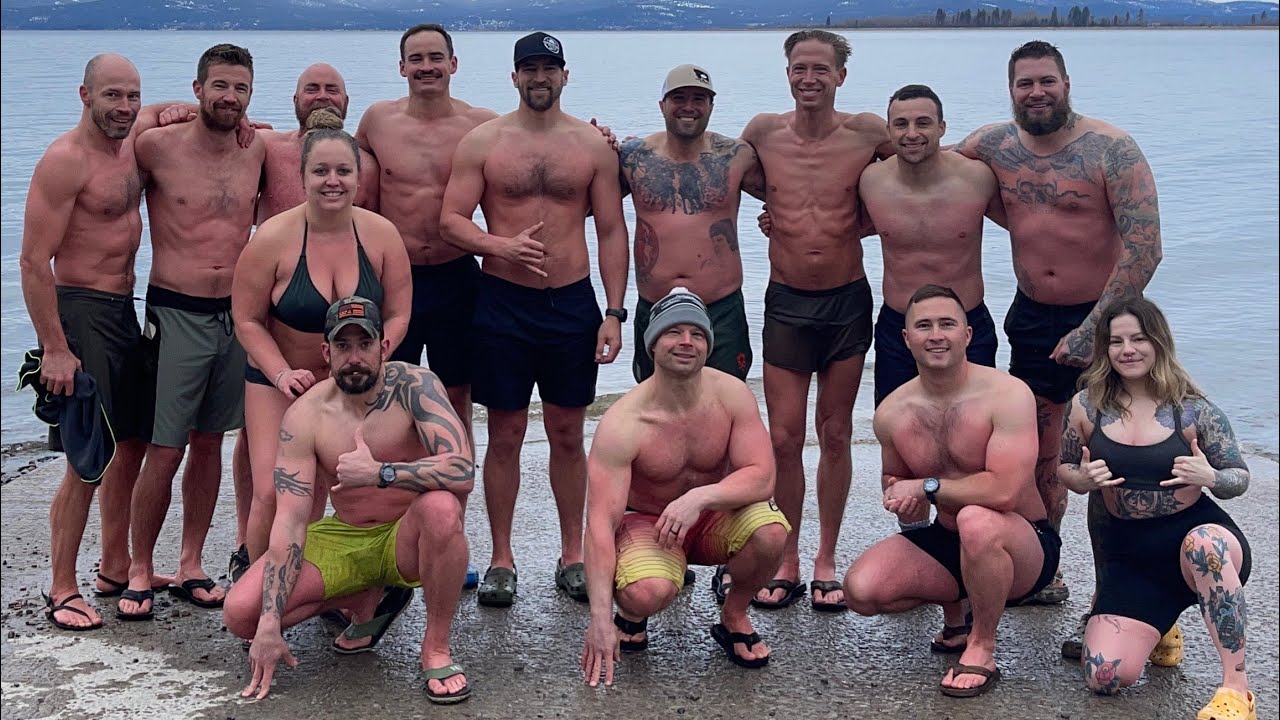DARPA Funds Cutting Edge Prosthetic Arm
When we think of DARPA, we tend to focus on the badass weaponry and combat technology they provide to the U.S. servicemen and women. So before you get your hopes up about watching some terrorist get blown to smithereens, bear with me. This is not an article about weapons, but it does possess some general badassery; the newly innovated prosthetic limb technology that helps wounded warriors adjust back into their day-to-day lives.Soldiers who have lost their arms on the battlefield, will endure frustration and phantom limb sensations when readjusting to civilian life. This will force a withdrawal from society and riddle the veteran’s psyche with devastating effects. With that being said, DARPA, working in collaboration with DEKA Corp. and Mobius Bionics LLC., has introduced a new prosthetic arm to Walter Reed National Military Medical Center. The “LUKE” arm, acronym standing for Life Under Kinetic Evolution, is above and beyond the most technologically advanced prosthetic limb ever invented. As an added nugget, the name references Mr. Skywalker from Star Wars. The “LUKE” arm is the first FDA approved “integrated prosthetic arm.” This advancement is second to none, and it will only continue to get better. According to the Mobius Bionics presser, the arm is capable of the following:
- A powered shoulder with the capability to reach overhead or behind the back
- A powered elbow with the strength to lift a bag of groceries from floor to tabletop
- A powered, multi-movement wrist with the precision, range of motion, and dexterity to hold a glass of water overhead or at waist level without spilling
- A hand with four independent motors and a conforming grip to hold everything from delicate items such as a phone or an egg to heavy items such as a gallon of milk without worrying that the item will slip or break
- An innovative grip-force sensor that senses how firmly something is being grasped and communicates that to the user.
- A variety of ways to control the arm, including electromyographic (EMG) electrodes and foot-mounted inertial measurement sensors.
- Protection against water and dust – offering peace of mind when used inside and outside the home.
Check out this video below of the arm in action:

https://www.youtube.com/watch?v=hEltvQx583g
What Makes This Bionic Arm so Special?
[caption id="attachment_11406" align="aligncenter" width="1024"]

Photo Credit: Mobius Bionics LLC.[/caption]What I find most intriguing about the unit is the pressure sensor capability. This function allows the user to be able to lift up an egg without crushing it. This is crucial to the user being able to conduct daily sensory-specific chores or tasks. Say goodbye to worrying about applied pressure issues. Without getting into the specifics, as I’m not an engineer, this means that the EMG sensors provide feedback to the brain regarding how much force to apply with the finger mechanisms. I have not seen this anywhere before with prosthetic fingers. Here’s a video example of the eggs I was referencing:https://www.youtube.com/watch?v=wIvyiM5nFb0
A History of the Prosthetic Limb
[caption id="attachment_11419" align="aligncenter" width="500"]

Photo Credit: Hanger Prosthetics - Picture of James E. Hanger[/caption]In order to recognize our achievements, we must look to the past. Prosthetic limbs have been around since the time of Pharaoh’s. The Prosthetic limb has come a long way since then, according to the non-profit “Amputee Coalition”.The first mention of a prosthetic limb dates as far back as 424 B.C. when the Egyptian scribe Herodutos wrote about a man who cut off his leg to escape execution. He set a wooden limb in place of his leg and fled the town.The first hand molded prosthetic was documented by Pliny the Elder. He described a Roman general who commissioned a blacksmith to create an iron hand to grip his shield, since his hand was lost in battle.The often referenced “hook hand” came into play in the Dark Ages and it wasn’t until the U.S. Civil war did we start to see a functional industry for prosthetic limbs. According to the American Society of Medical Engineers (ASME), nearly 70,000 soldiers lost their limbs in the Civil War.Once the war was over, capitalism took hold and an industry was born. We can thank James Edward Hanger, coincidentally the first documented amputee of the Civil War, for the modern day prosthetic limb. He designed and built his own leg, contrasting the stiff Yankee peg leg. Hanger's innovation involved inserting hinges in the knee and ankle to better suit mobility. Hanger started his own company, that still exists today - Hanger Incorporated.
THANKS FOR ALL THE INFO, NOW HOW DO I GET ONE?
Well according to Mobius Bionics, if you’re interested in being considered for a LUKE arm, call them directly at 1-855-662-4871 or fill out their form online and describe your situation. I mean, you could always contact your local VA and ask about possible references, although we know it may take a bit to get a response…Regardless, a big thumbs up - pun intended - to DARPA for funding this advancement!



%201.svg)









